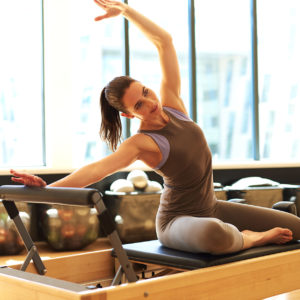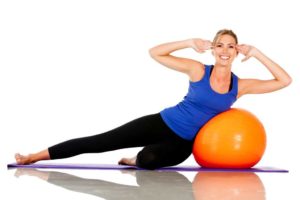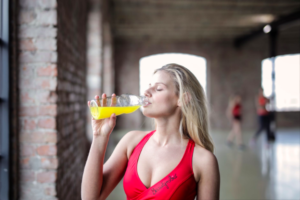Pilates is a universally popular form of exercise that’s used by millions the world over. It used to be the case that is was solely practised by those at the absolute apex of fitness physical fitness, athletes, dancers and alike. Nowadays, however, Pilates has truly hit the mainstream and it’s used by everyone.
It’s not just group exercise environments where Pilates is utilised either, the more clued-in personal trainers of the world are also using Pilates alongside the training they’re doing on the gym floor. Its appeal and what it can be utilised for really is that great.
Before we dive into the actual benefits of this form of exercise, let’s first have a little history lesson. What we now call Pilates, named after creator and pioneer Joseph Pilates, actually began life as Contrology. As a young child, Joseph suffered terribly from numerous conditions and doctors didn’t really give him much a chance of survival. Joseph, however, was determined to live and for years he dedicated himself to returning his body to peak physical condition.
For decades he honed and perfected his methods, firstly working with injured soldiers in England during WWI and eventually he found himself in America where he taught some of New York’s most figures from the world of performing arts. After his death, what started as Contrology simply became Pilates, a fitting tribute to the great man.
Now, in terms of benefits of a regular Pilates practice, here’s what you can get out of it. It’s worth bearing in mind that you don’t have to be at an elite level, everyone from office workers to CrossFitters can benefit.
Developing core strength – Without a doubt, this is one of the most popular reasons people come to Pilates. That’s not to say if you go to a few classes you’re automatically going to get a flat stomach or develop a six-pack, but having a strong core is so important for many reasons, especially when it comes to combating back pain.
Improving posture – Having a strong core enables the body to support itself better. That means things are in better alignment and this improves posture. On the flip side, having bad posture can cause no end of issues such as back and neck pain. Having a good posture is particularly important if you’re going to be spending large portions of your day sitting down, which is often unavoidable if you work a desk job.
Promoting awareness – On the face of things, Pilates may seem like it’s all about the core, but it’s actually a form of exercise that requires a whole body and mind approach. As set out by the man himself, the principles of Pilates are concentration, centring, control, breathing, precision and flow. Each of the exercises should be performed with those in mind. It requires attention and mindfulness at every turn, it isn’t just a case of throwing yourself on the mat and hoping for the best.
Increasing flexibility – It worked for Ruth St. Denis, a dance pioneer, (and many others) who worked with Joseph and it can certainly work for you. There’s no guarantee you’ll develop ballerina-levels of flexibility (though it’s out of the realms of possibility), but what Joseph’s original 34 exercises do wonderfully is allowing you to steadily increase the range of motion in joints and work on muscle length in a safe way over time.
Rehabilitation – Mat-based Pilates is low impact, so you’re not jumping around or anything like that, and you’re only using your own bodyweight. This means it’s a great form of exercise to use if you’re coming back from injury, want to take things slowly and then tackle and strengthen your weaker areas. There are countless anecdotes of those using Pilates to overcome sporting injuries, surgery and alike. You just have to go back to what Joseph himself was able to do, essentially saving his own life, to see the restorative properties of Pilates.
If you’re an aspiring fitness professional looking to teach and make a career out of Pilates, you could consider making things official by getting qualified. Your first step would be to find a training provider and enrol onto a Pilates instructor course. That could either be mat-based or the more dynamic reformer Pilates.




